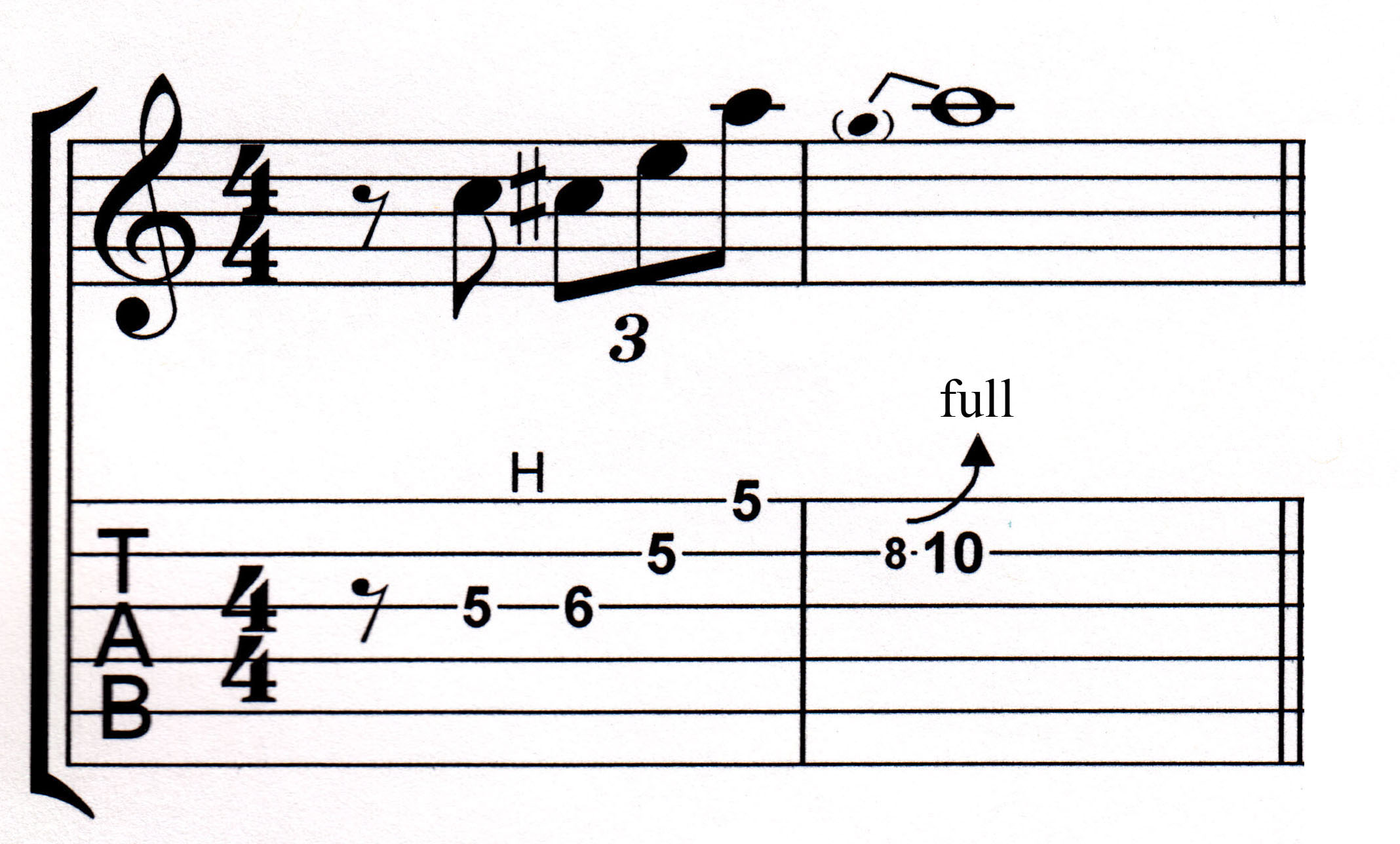
Okay, this lesson is more for electric, but we'll include some acoustic variants, too. Generally, though, my philosophy is that you do not play acoustic guitar as if it were just an unplugged electric guitar. They are
different animals, requiring different disciplines, though sharing much in common in the foundations upon which you build your chops.
One of the more frequently asked questions about licks is: How do I create licks? How do I get more of "me" into my playing?
If we take the pessimistic view, there are no new licks to be created; they've all been done. If we take the optimistic view, if you never heard them - and it's likely there are thousands upons thousands of licks lost in
antiquity, never recorded or written down - they'll be new to you. So, who cares if they've been done before.
Part of how we learn is to emulate and copy someone else. But at some point you reach "critical mass" and begin to play things you've never played before, and maybe never really heard or listened to with any intent to
learn. I've played licks that I later realised were from such-and-such a song. But prior to that, I didn't know how it was done. But on that day, I did it without even thinking about it. However, we want to think about
what we're doing most of the time because we want to be able to repeat it. And when you're trying to create licks, it is with the intent of memorising them to use in multiple places (but not too much, or it just sounds
repetative).
Now, the question you're asking is: "Great. Now, where do I start?"
To create new licks, you start with something you already know. For example, play this lick:

Classic Blues intro lick, right? What you want to do now is alter the lick a bit:
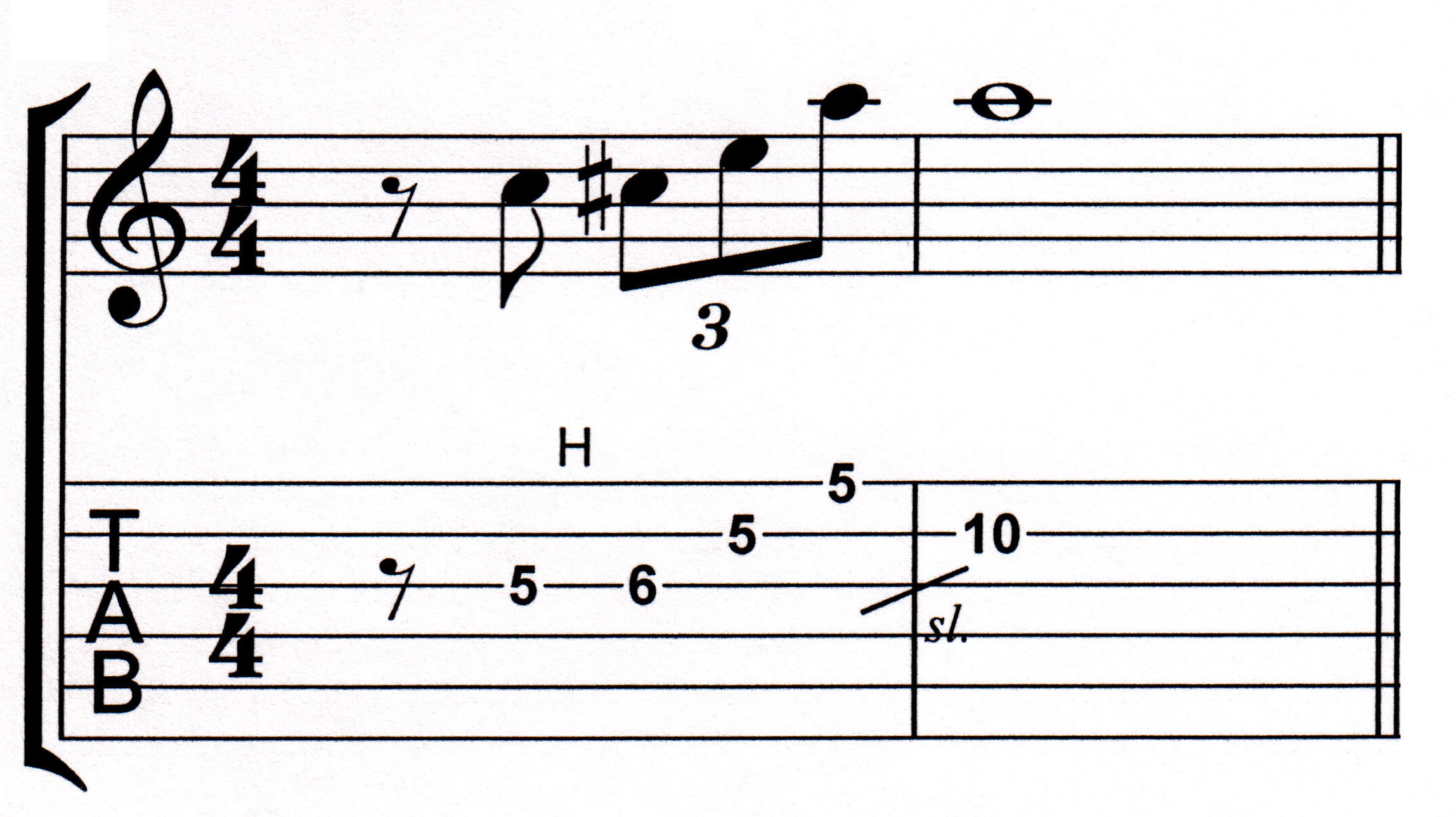
It still has a classic sound, and you know this has been done before. But it is still good to know, right?
Let's keep going, altering it a bit more:
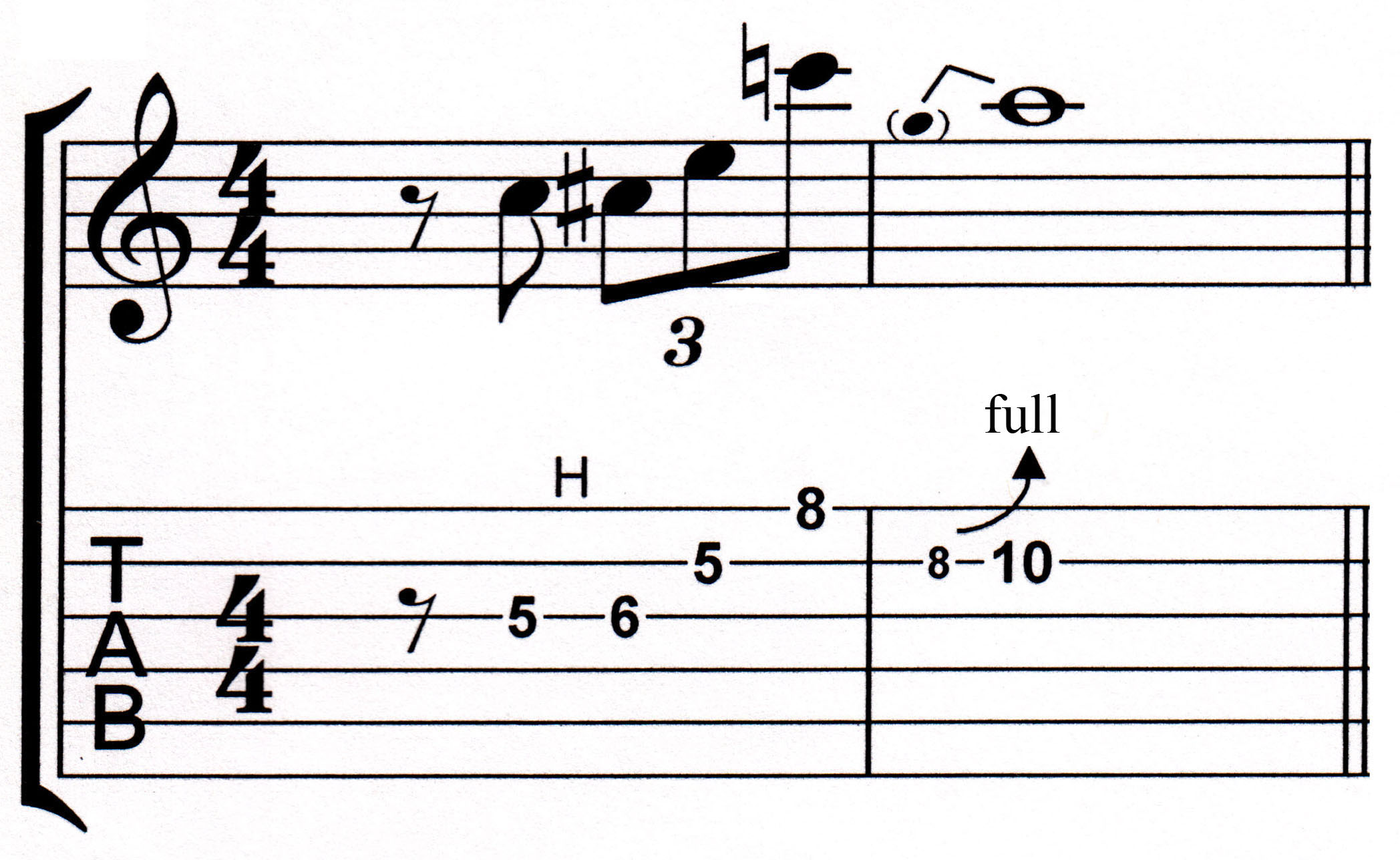
And that's just an intro lick.
Okay, for you acoustic players, there are a lot of licks you can do to alter an otherwise normal progession. Here is a typical progression element:
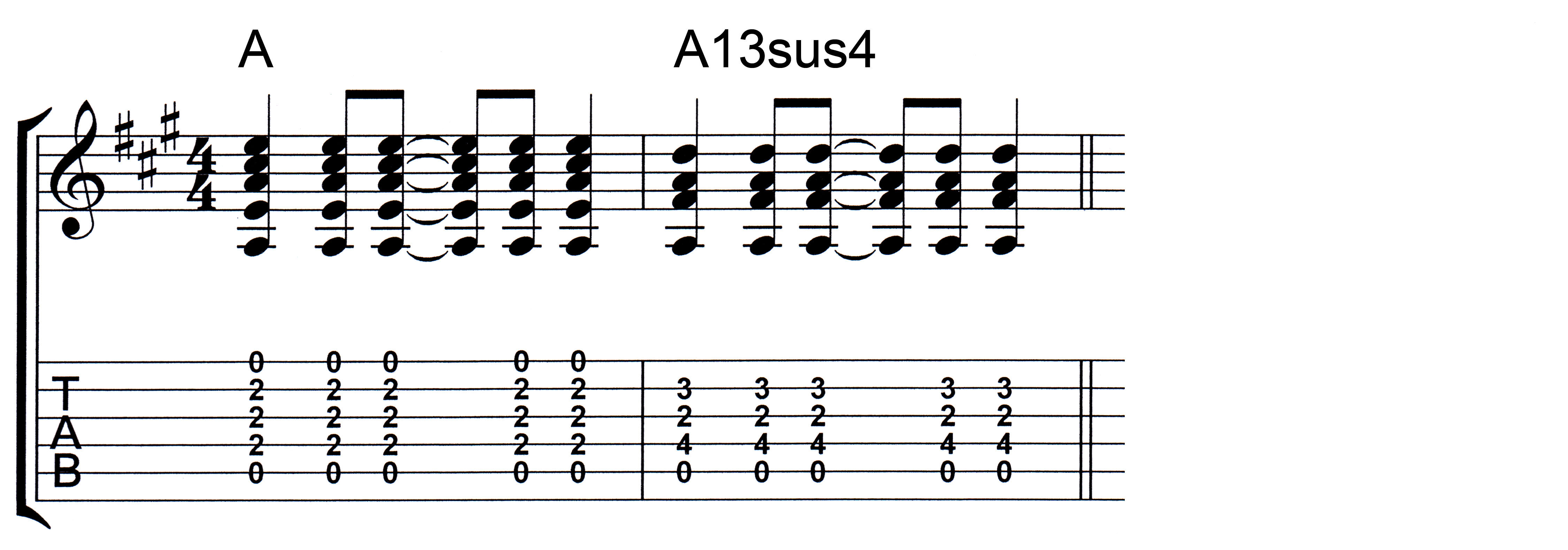
Pretty straight forward. Now you can change it up a bit in very easy fashion, adding double-stops:
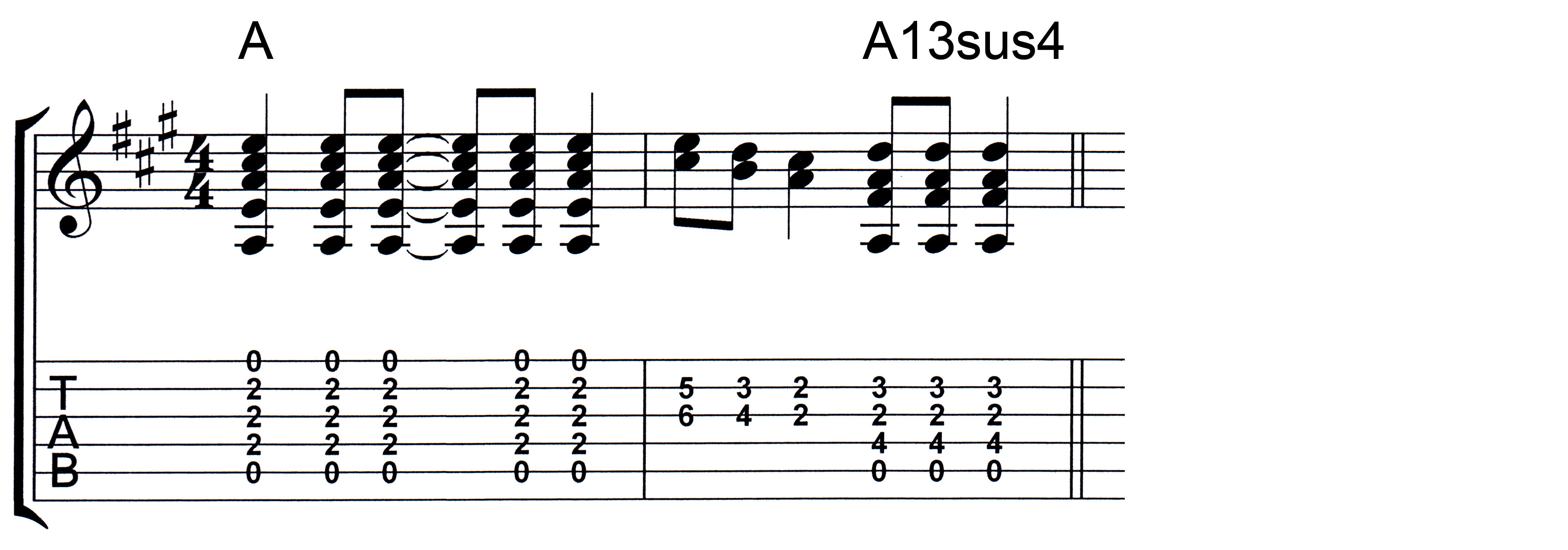
And even a bit more:
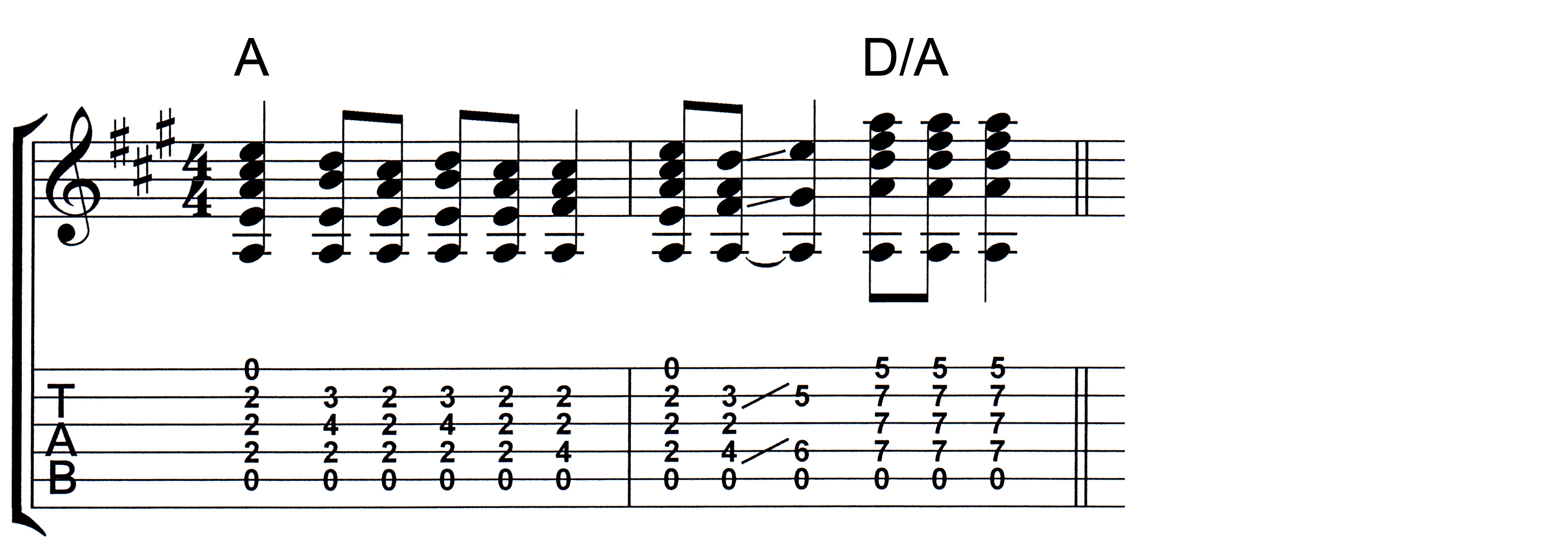
It's important to understand elements, the intervals, that makes up a chord - and it's variants within that type: major, minor, dominant, et al. The trick is to know how to blend the types in the middle of creating a cool lick to make your rhythms have a bit more life to them. And that takes practice, which means just doing the work. Just don't go overboard, particularly when singing. During that part, you have to be more sedate and let the vocals carry the story.
Let's move to another lick. Now, play the first lick. Then walk through the subsequent licks below that one to see the alterations that have been made.
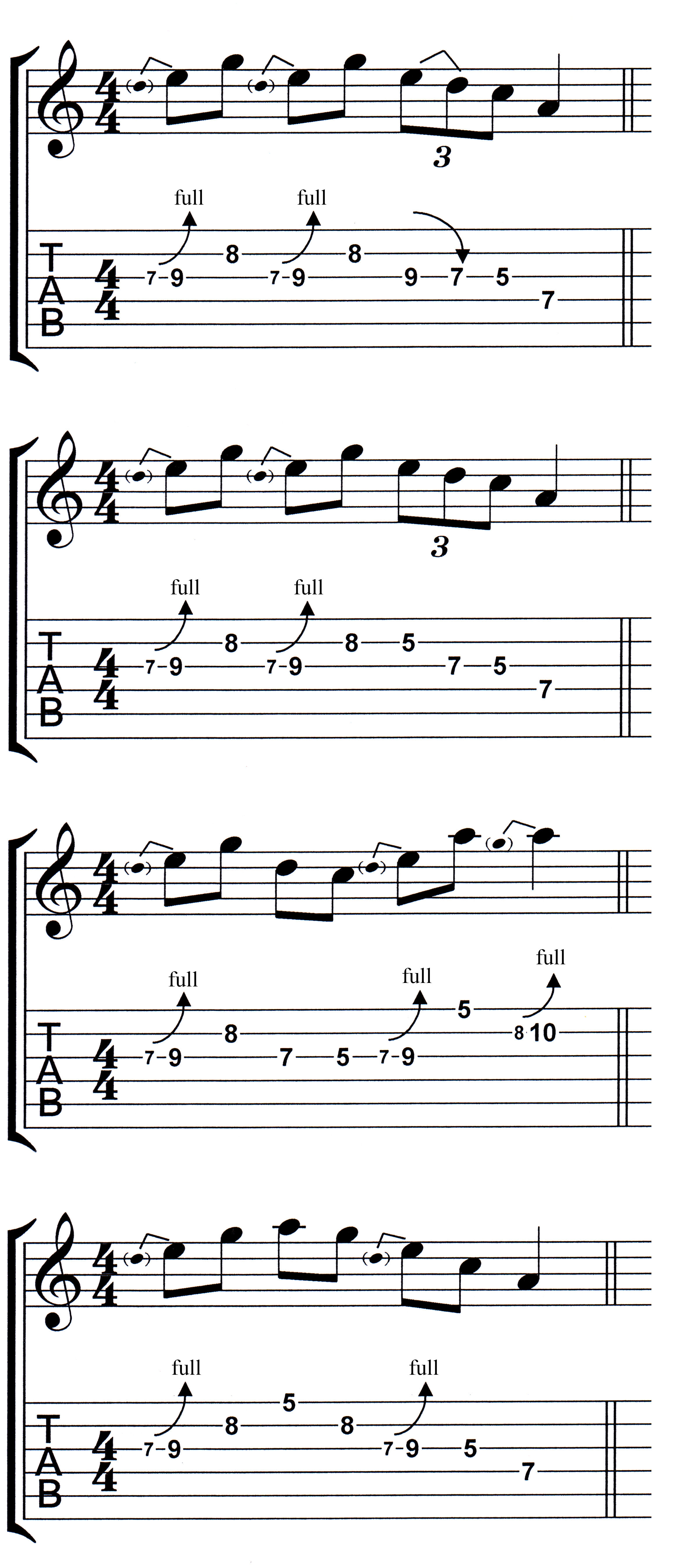
Let's get back on the acoustic and play with some open string ideas.
Here is a typical idea. Nothing fancy, and made bouncy by being played with a swing feel (note the metric modulation).
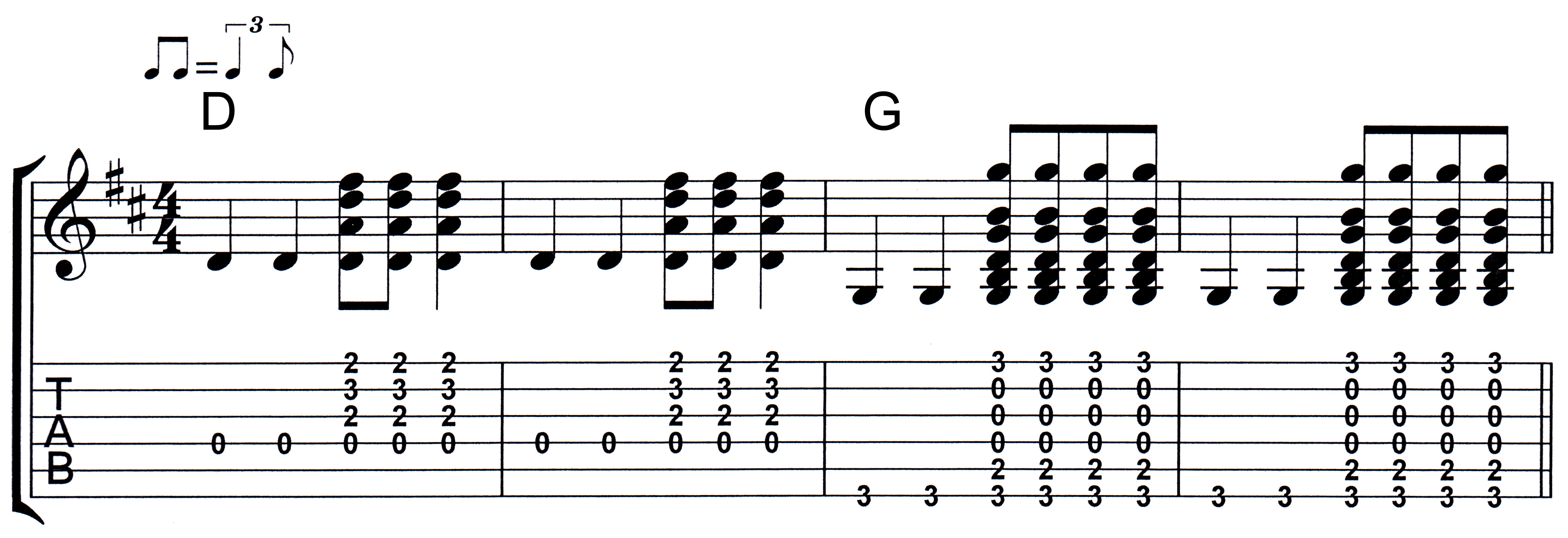
Now we add some Country style open string stuff that leads us into the chord change:

And, again, a bit more fun with open strings, here in triplets:
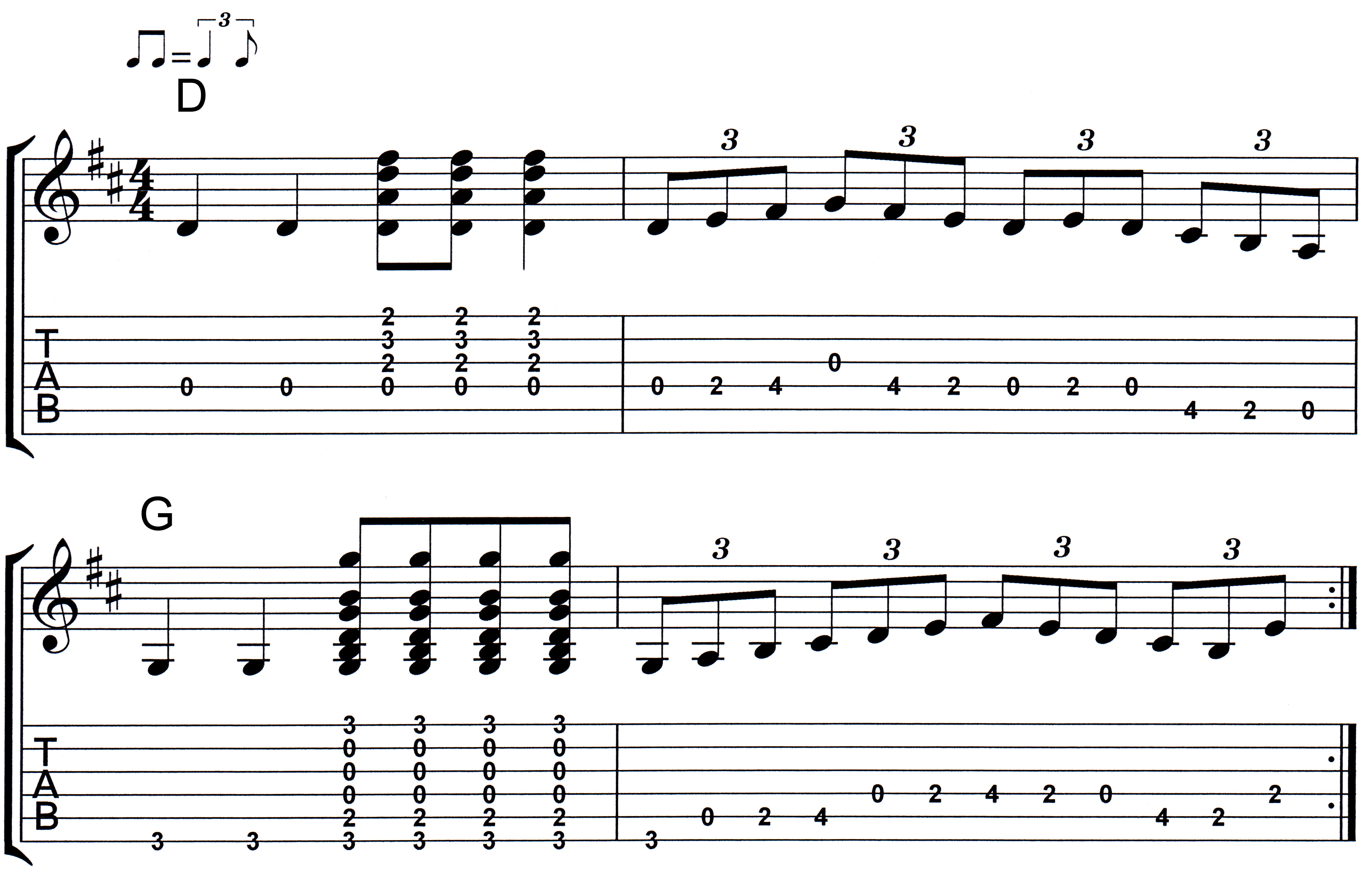
At the end of the day, we could go on showing you licks. But you simply have to dive in and just do the work to find new things to play. Yes, as mentioned, they may not be new - but they'll be new to you, either literally so, or in finding a lick you've heard that you always wanted to know how to play.
We often stumble into things we've always wanted to know. I have done it a lot - sometimes on stage, which is weird and cool all at the same time because you can't stop and marvel that you "figured it out". You have to keep going and celebrate later - and hope you remember the lick, too! (If possible at the gig, when the song ends, quickly play the lick with the volume off to be sure you can remember it.)
What you need to know in altering existing licks:
Begin with licks you already play and start altering them. Keep altering the lick until you run out of ideas. Each variant, while it may not sound good, will open you to ideas for new variations. No altered lick is bad, so don't throw it away. As you alter a lick, it will stop sounding like the original lick, which is the whole idea! Then that new "golden" lick can be the springboard to finding new licks based on that lick. You see, it is a wide open field. Remember that.
Don't worry that in the process you find licks you recognise. They're valuable, too. The whole point is to learn new licks, licks you've heard but don't know, and especially licks you haven't heard, and now have created and can play.
When I was young, I figured out a lot of really cool licks. They weren't original, but were licks that most famous guitar players were using at the time. I had other players who were at my shows come up to me afterward and ask me about "that lick". Once I understood which lick they were talking about, I sat down and showed them. And I did the same thing.
One of the most frustrating experiences I had when I was young was when I approached a player in a band that opened for my group. He was better than me and was doing stuff I wanted to learn how to do. So afterward, in the back room, I sat down with him and asked him to show me what he was doing. He couldn't explain it at all, saying "Well, you start here (on the root tone, I guess), and end here (wherever 'here' happened to be); what you do in between doesn't matter." He wasn't inclined to actually show me HOW he did what he was playing. He played it very quickly and that was that. I wasn't educated enough at the time to recognise what he was doing. So it took me a while to figure it out on my own.
Please never be that guy. When people ask you about a lick or technique, take the time to explain it, to show them and guide them through what you're playing. They will appreciate it more than you know.
One of the best places to learn new licks is at jam sessions. Sometimes we would sit and swap licks for a good while after the session was officially over, showing each other things we're doing. That was how we built community among musicians, by sharing what we knew. Do that, too. Don't hoard your licks. Share them, always, and ask others to share, too.
Another place to learn stuff is at a rehearsal hall. Again, when I was young, my band rehearsed at a hall with multiple rooms. We would often sit in on other bands' rehearsals. And when they would take a break, we would talk about licks and other stuff, showing each other how we're doing this or that. It was a great way to network and build relationships. And we would ask each other to open for us at shows, helping each other get out there and to be heard.
Okay, that's it. Now, shut off this computer and go play, teach, gig, create, arrange and enjoy the whole process that is music... and especially guitar!